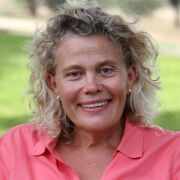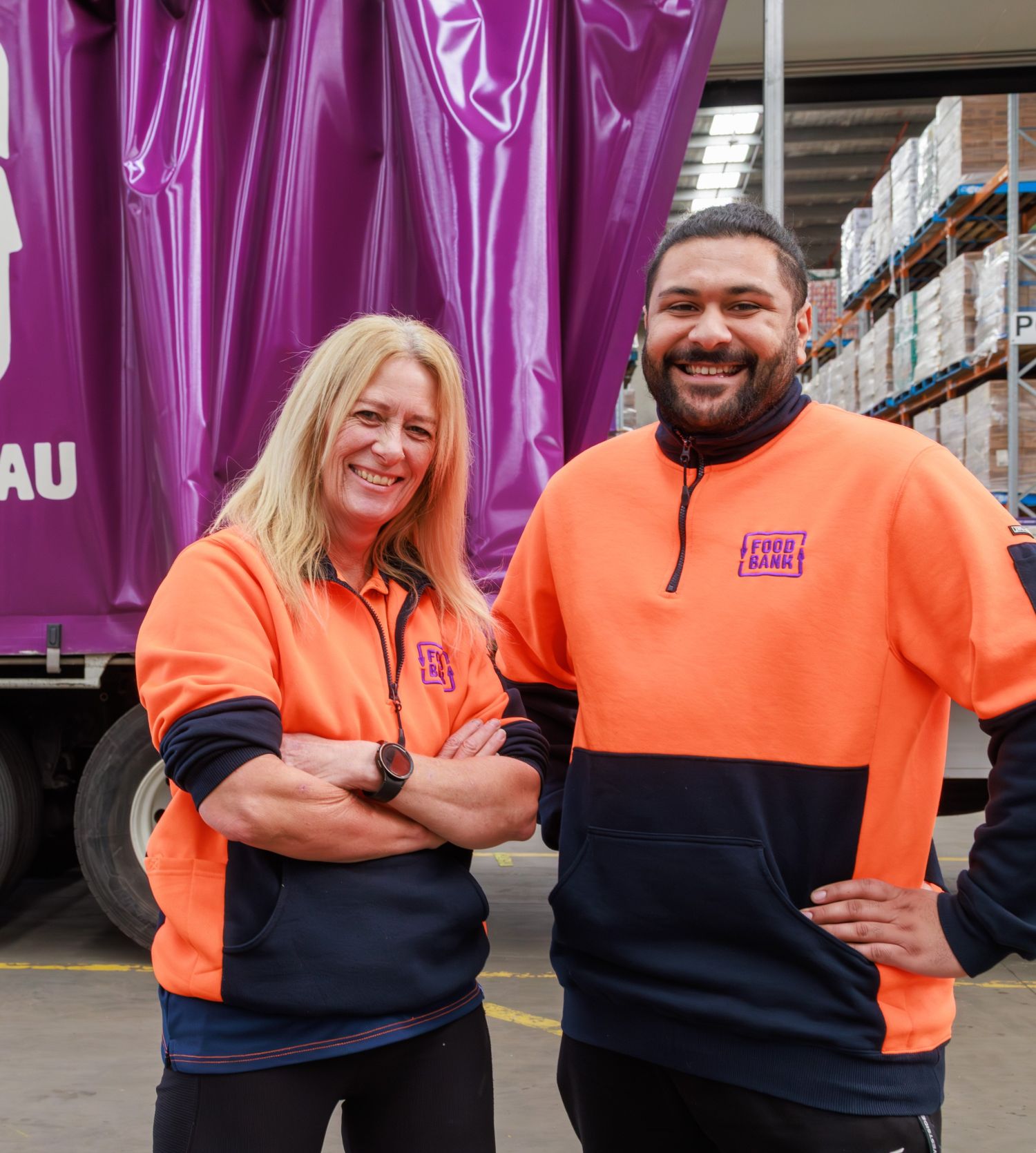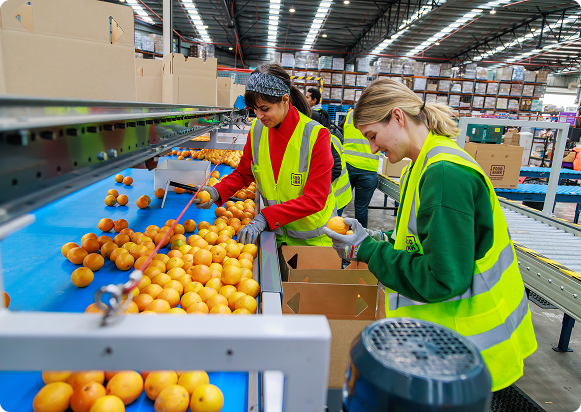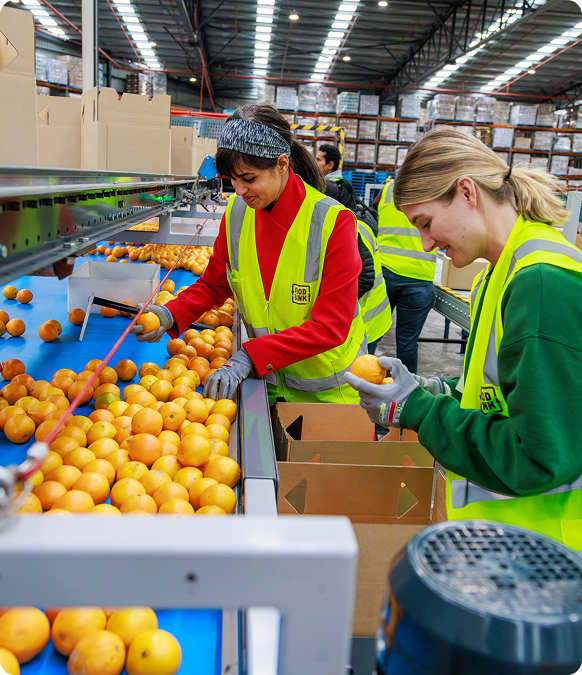OUR PARTNERSHIPS TEAM
To find out how you can partner with us please contact our partnerships team today.
SOUTH AUSTRALIAN AND NORTHERN TERRITORY PARTNERSHIPS
Sarah Davies
General Manager – Strategy
For South Australian and Northern Territory Partnership enquiries
M: 08 8351 1136
Meet the people powering Foodbank

Filter by

Kylea Tink
Chief Executive Officer – Foodbank Australia
National Leadership Team

Sarah Pennell
Chief Operating Officer – Foodbank Australia
National Leadership Team

Duncan Makeig
Independent Chair of the Foodbank Australia Board
National Board of Directors

Tanya Barden
Independent Director Foodbank Australia Board
National Board of Directors

Mike Hill
Member Representative (QLD) Non-Executive Director Foodbank Australia Board
National Board of Directors

Fiona Simson
Independent Director Foodbank Australia Board
National Board of Directors

Christine Feldmanis
Member Representative (NSW) Non-Executive Director Foodbank Australia Board
National Board of Directors

Jeremy Pettet
Member Representative (Tasmania) Non-Executive Director Foodbank Australia Board
National Board of Directors

Mark Lollback
Independent Director Foodbank Australia Board
National Board of Directors

John Harvey
Member Representative (SA) Non-Executive Director Foodbank Australia Board
National Board of Directors

Derek La Ferla
Member Representative (WA) Non-Executive Director Foodbank Australia Board
National Board of Directors

Angus Laing
General Manager – Information Management – Foodbank Australia
National Leadership Team

Rebecca Murphy
General Manager – Marketing and Communications – Foodbank Australia
National Leadership Team

Erica Goldfinch
General Manager – National Supply Chain – Foodbank Australia
National Leadership Team

Brendon Smyth
General Manager – National Partnerships – Foodbank Australia
National Leadership Team

Cam Rutherford
General Manager – Finance and Corporate Services
National Leadership Team
Join the team
Want to work at Foodbank South Australia or Northern Territory?
We employ people from various backgrounds in various jobs, such as transport, logistics, donor relations, programs, partnerships, fundraising, finance, IT and marketing.

Your food donation will help families across Australia.

All food donations welcome
We accept food and grocery donations from farmers, manufacturers and retailers across Australia.
We also partner with partners to create essential items like cereal, pasta, sauce and canned goods.
Explore our supply program
If you’re interested in learning more check out our collaborative supply program.
- Short coded product
- Excess product
- Product not meeting retailer specification
- Discontinued product
- Product requiring relabelling
- Under or over weight product
- Private label product
- New product lines or promotions which didn’t take off
- Product withdrawals if they’re still fit for use
- Regulated products such as alcohol, tobacco or drugs of dependence
- Product past its use by date
- Product more than 6 months past its best before date
- Product where the packaging seal has been broken
- Mouldy or rotting product
- Product where the cold chain has not been maintained
- Product subject to a safety recall
- Unlabelled product provided without ingredient details
Where is your stock located?
Corporate Volunteer Expression of Interest
Thank you for your expression of interest in Corporate volunteering opportunities with Foodbank SA & NT. A member of our team will contact you to discuss options shortly.
Share your Foodbank story and feedback with us
At Foodbank SA & NT, your experiences are important because you matter to us.
We are very grateful for taking your time to share your feedback and your Foodbank stories with us.
Please help us to provide the best service we can to our clients now and in the future.
 Log in
Log in

